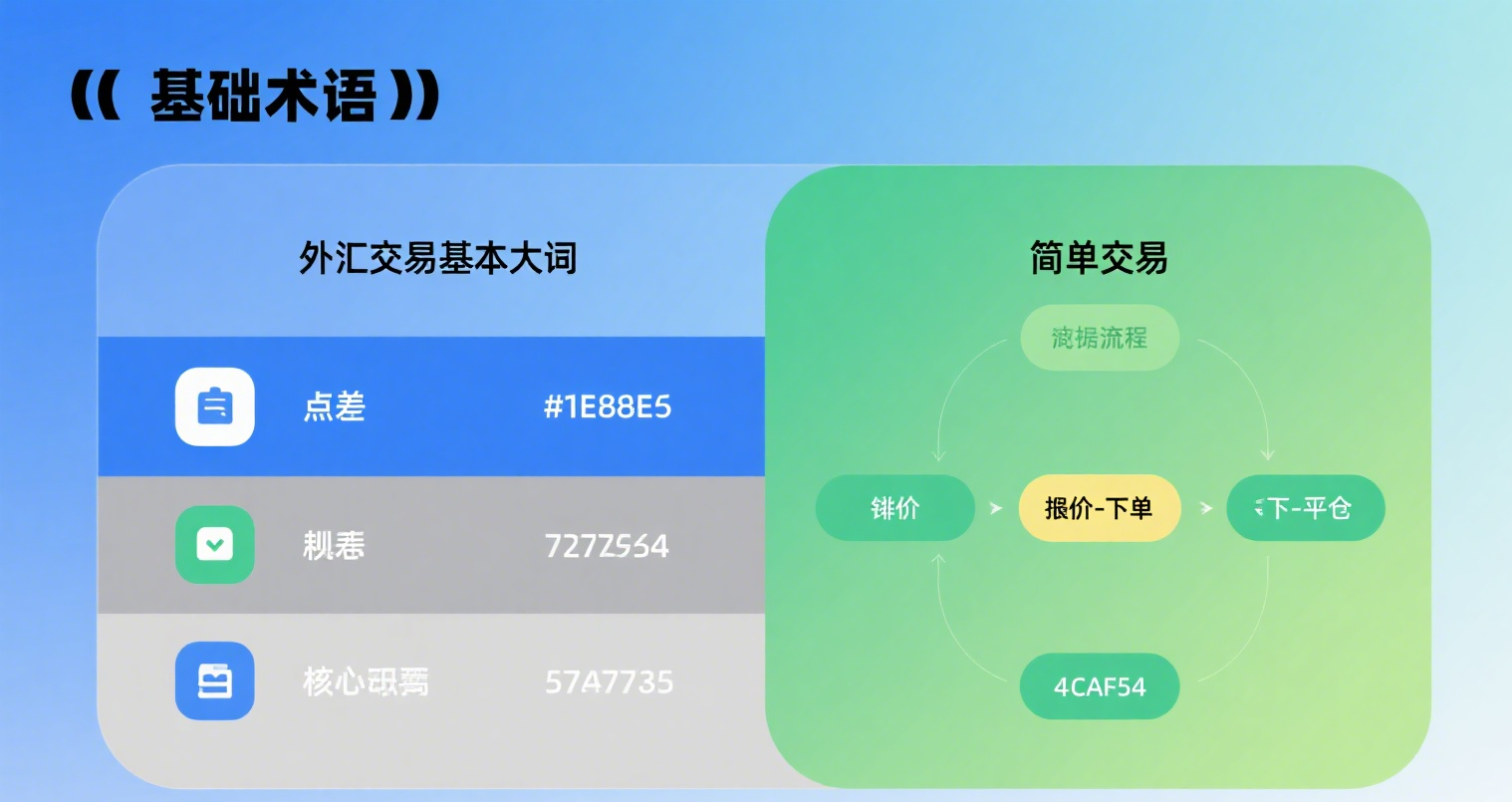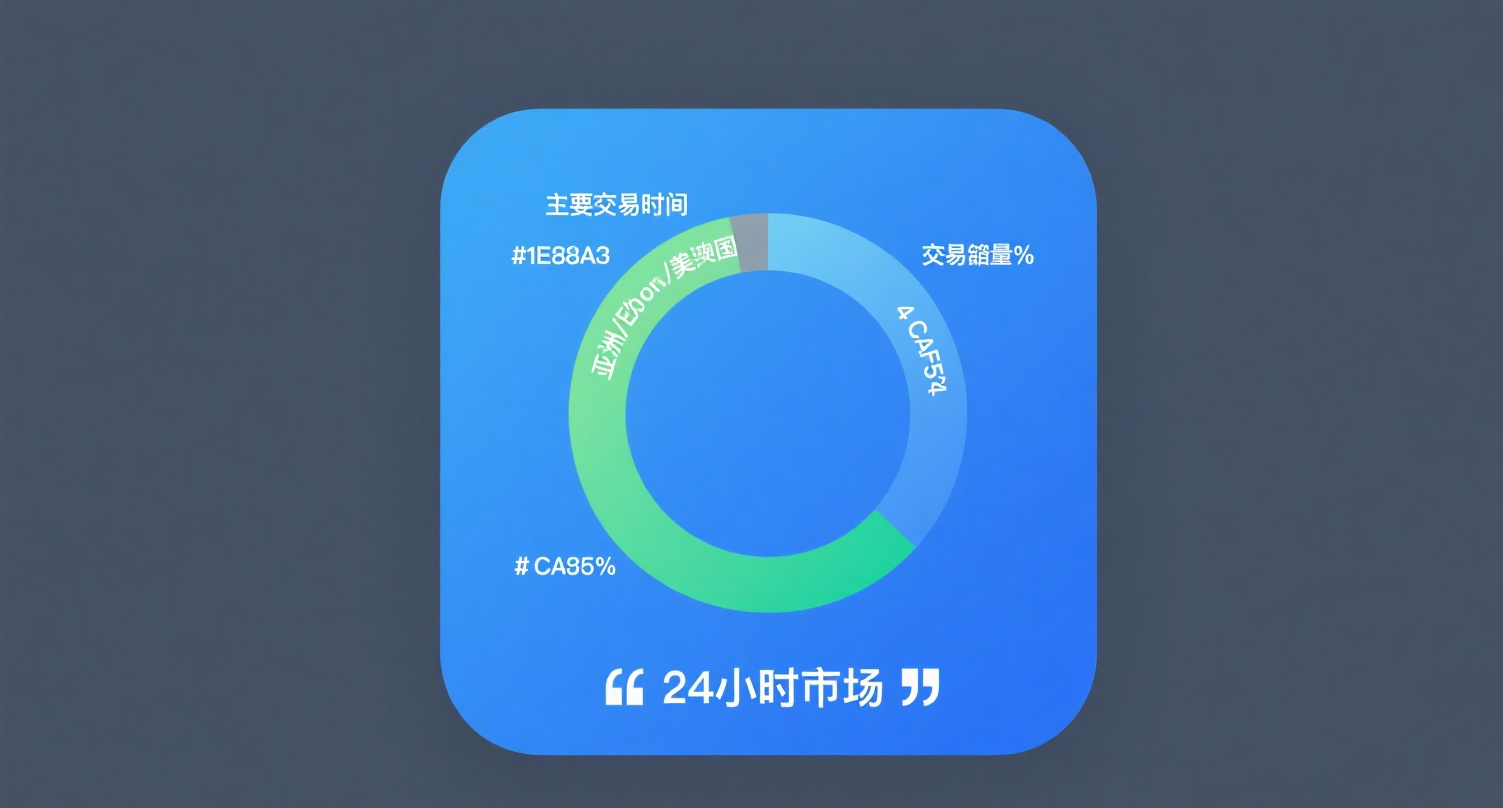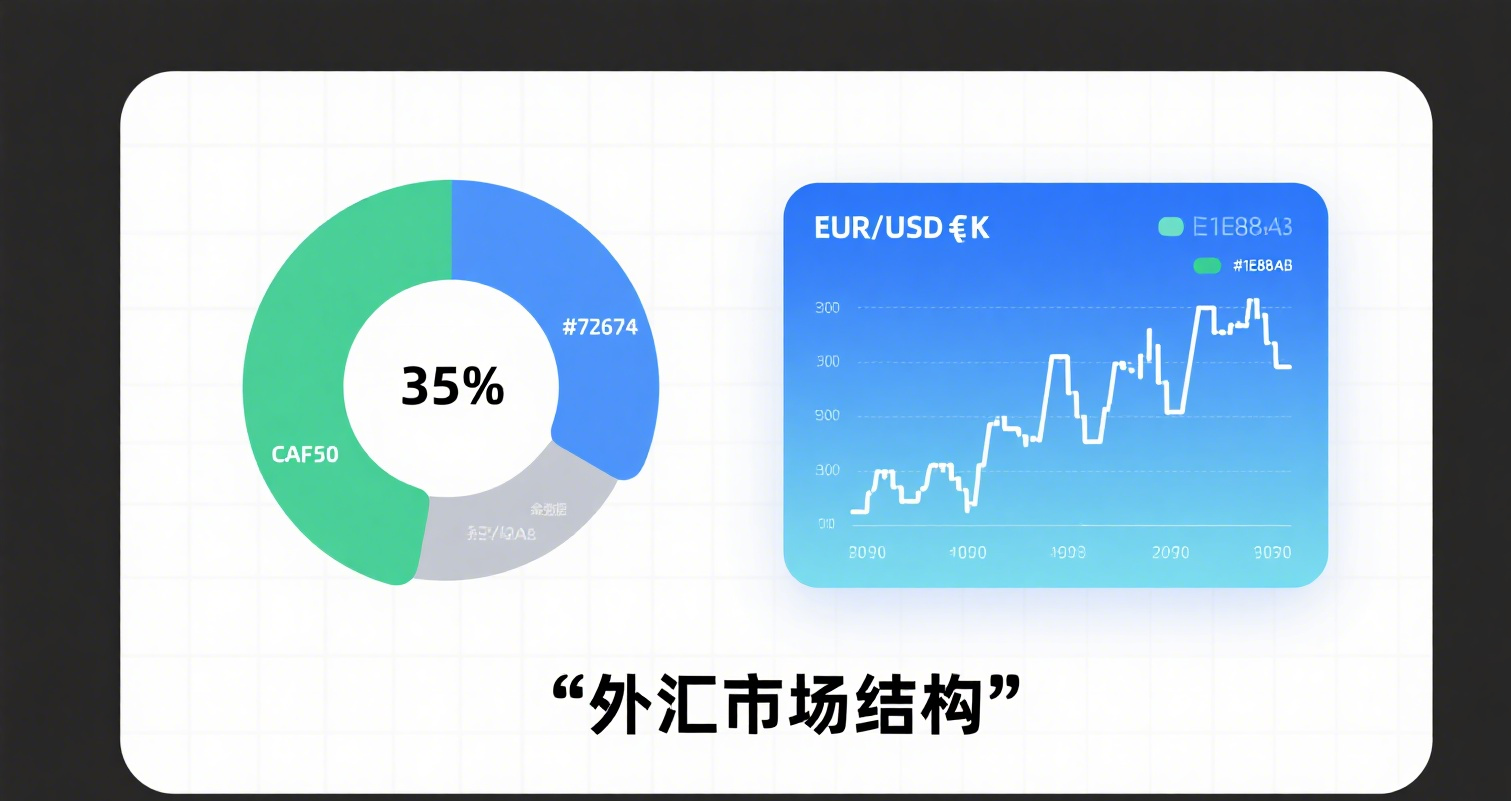
What Does "Technical Adjustment" Mean in the Stock Market?
After several days of significant gains, the A-share market experienced a pullback yesterday, which seemed within market expectations but perhaps arrived earlier than anticipated.
The three major indices collectively weakened, with the Shanghai Composite Index falling below 3,300 points. Over 5,000 stocks declined across the Shanghai, Shenzhen, and Beijing markets.
Whether this pullback qualifies as a "technical adjustment" remains to be tested by the market, but many novice investors have only a vague understanding of the term.
To grasp the concept of a "technical adjustment," one must first understand what "technical" refers to.
In the stock market, "technical" typically refers to Technical Analysis, a method of studying price movements in stocks and other financial instruments to predict future trends.
Technical analysis is based on three core assumptions:
-
Market Action Discounts Everything:
This assumes that all information (known or unknown) that could affect stock prices is already reflected in their current prices. -
Prices Move in Trends:
Stock prices tend to form trends (upward, downward, or sideways). Technical analysts identify and follow these trends to find trading opportunities. -
History Repeats Itself:
Human behavior is consistent, and market participants’ patterns repeat. Thus, studying historical price actions can help predict future movements.
Therefore, technical analysis relies primarily on charts and quantitative indicators rather than fundamental data (e.g., macroeconomic conditions, industry analysis, or company performance).
Examples include:
-
Using historical price and volume charts to identify trends, patterns, and potential turning points.
-
Applying mathematical indicators like the Relative Strength Index (RSI), Moving Averages (MA), or Bollinger Bands to gauge trends and trading signals.
-
Recognizing chart patterns (e.g., head-and-shoulders, double bottoms, triangles) to forecast price movements.
A "technical adjustment" is thus a pullback driven by technical factors, not deteriorating fundamentals.
If fundamentals remain sound, why does such a pullback occur?
It happens when holders adjust their positions to lock in profits as prices move favorably—a practice called profit-taking (arbitrage). For instance, when prices rise excessively (e.g., overbought signals or deviations from moving averages), investors may sell to realize gains.
Profit-taking is just one possible cause. Another reason could be institutional players deliberately driving prices down to shake out retail investors before accumulating shares at lower prices. Hence, technical adjustments may also reflect strategic moves by large capital.
Reasons for technical adjustments vary but are all rooted in technical analysis, such as KDJ overbought/oversold signals, price deviations from moving averages, or MACD divergences. Note that such trends don’t guarantee continued rises—they might mark the start of a decline. Accurate interpretation requires extensive practical experience.
Novice investors often suffer losses due to inexperience, falling prey to market manipulations like "washing out" by institutional players.
When no fundamental explanation for a pullback is apparent, it’s often labeled a "technical adjustment." Related terms include:
-
True Bull Market: Driven by improved economic fundamentals, corporate earnings growth, and positive market sentiment.
-
Technical Bull Market: A short-term rise based solely on price trends and technical indicators, not necessarily signaling a long-term uptrend.
















